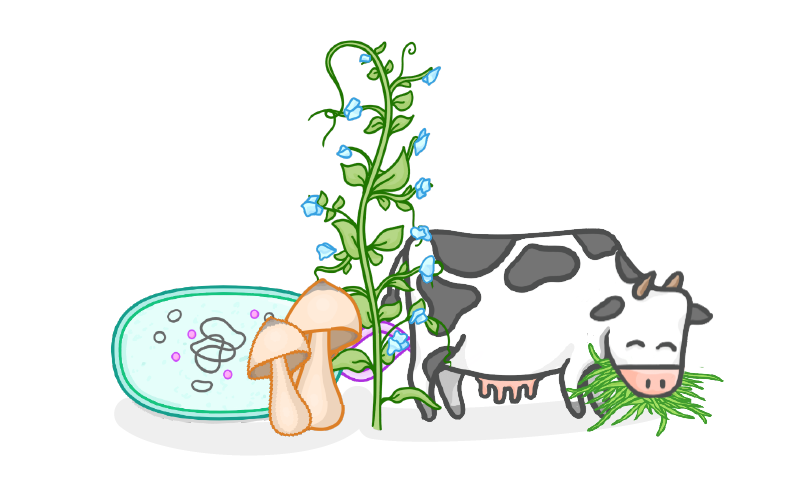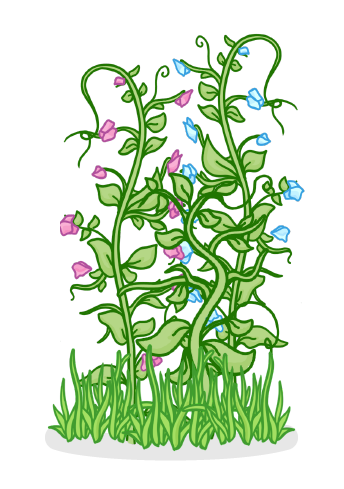Competition & Interdependence
This lesson covers:
- What 'ecology' is
- What the terms 'habitat', 'population', 'community', and 'ecosystem' mean
- What 'competition' is, and which resources organisms compete for
- What the term 'interdependence' means
Ecology is the study of the relationships between living organisms and their physical environment. Ecology considers organisms at the individual, population, community, and ecosystem level.
A is the place where an organisms lives.
|
A refers to all of the organisms of a particular species that live in the same habitat.
|
In ecology, what is a 'community'?
All the individuals of a particular species that live together in a habitat
All the people who live together in a particular village
All the populations of different species that live together in a habitat
|
An is the interaction of a community of living organisms (biotic) with the non-living (abiotic) parts of their environment.
|

is an interaction between organisms or species in which they both try to use the same limited resources.
|
Give three resources that animals compete for.
|

Give three resources that plants compete for.
|
All organisms in an ecosystem depend upon one another, with countless complex relationships between them all.
What do we call this concept?
Interdependence
Independence
Independent
|

The diagram above shows the relationship between grass, rabbits, snakes, and hawks in a habitat.
If the population of snakes falls, what is likely to happen to the rabbit population?
Increase
Decrease
Stay the same
|